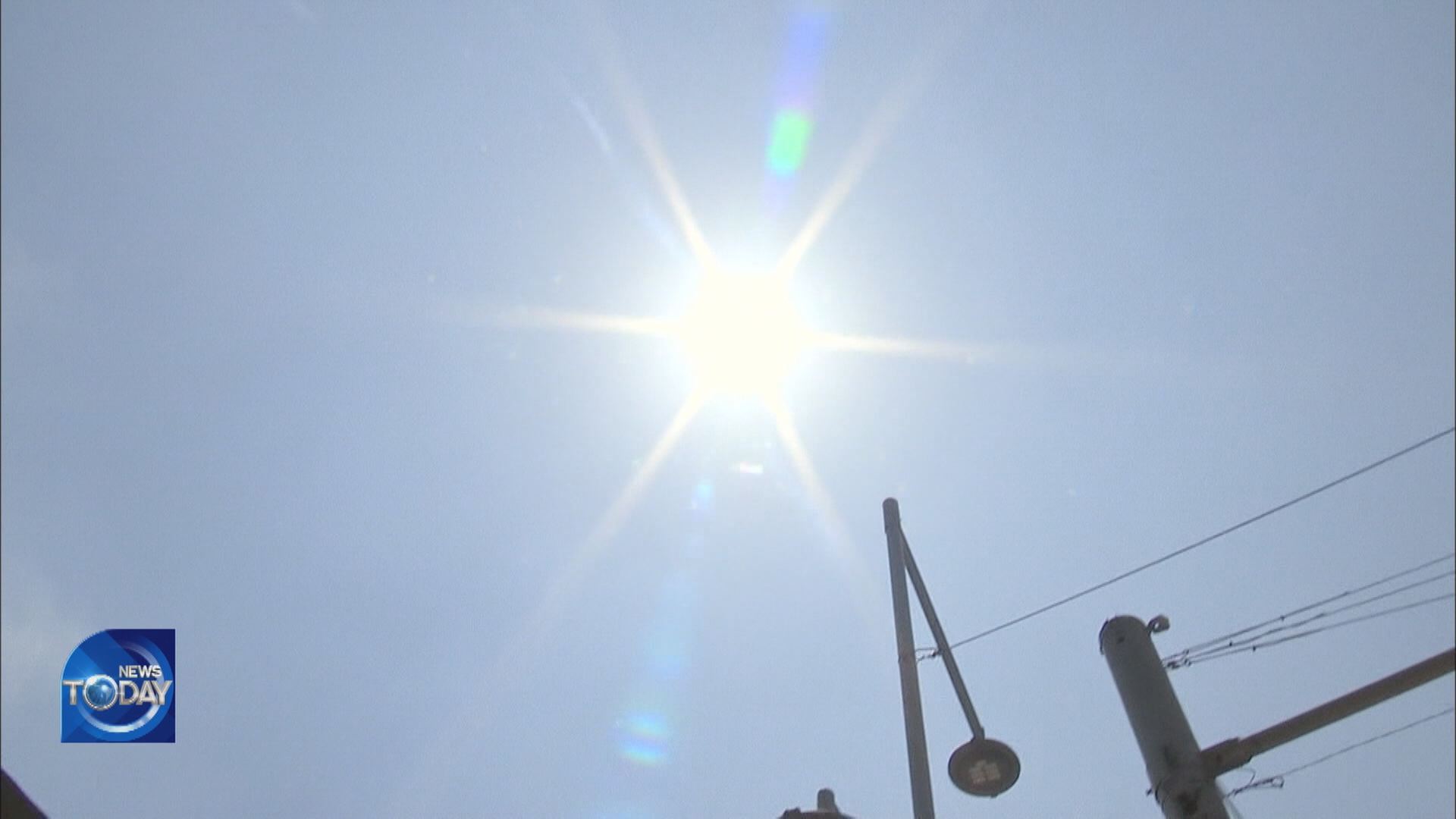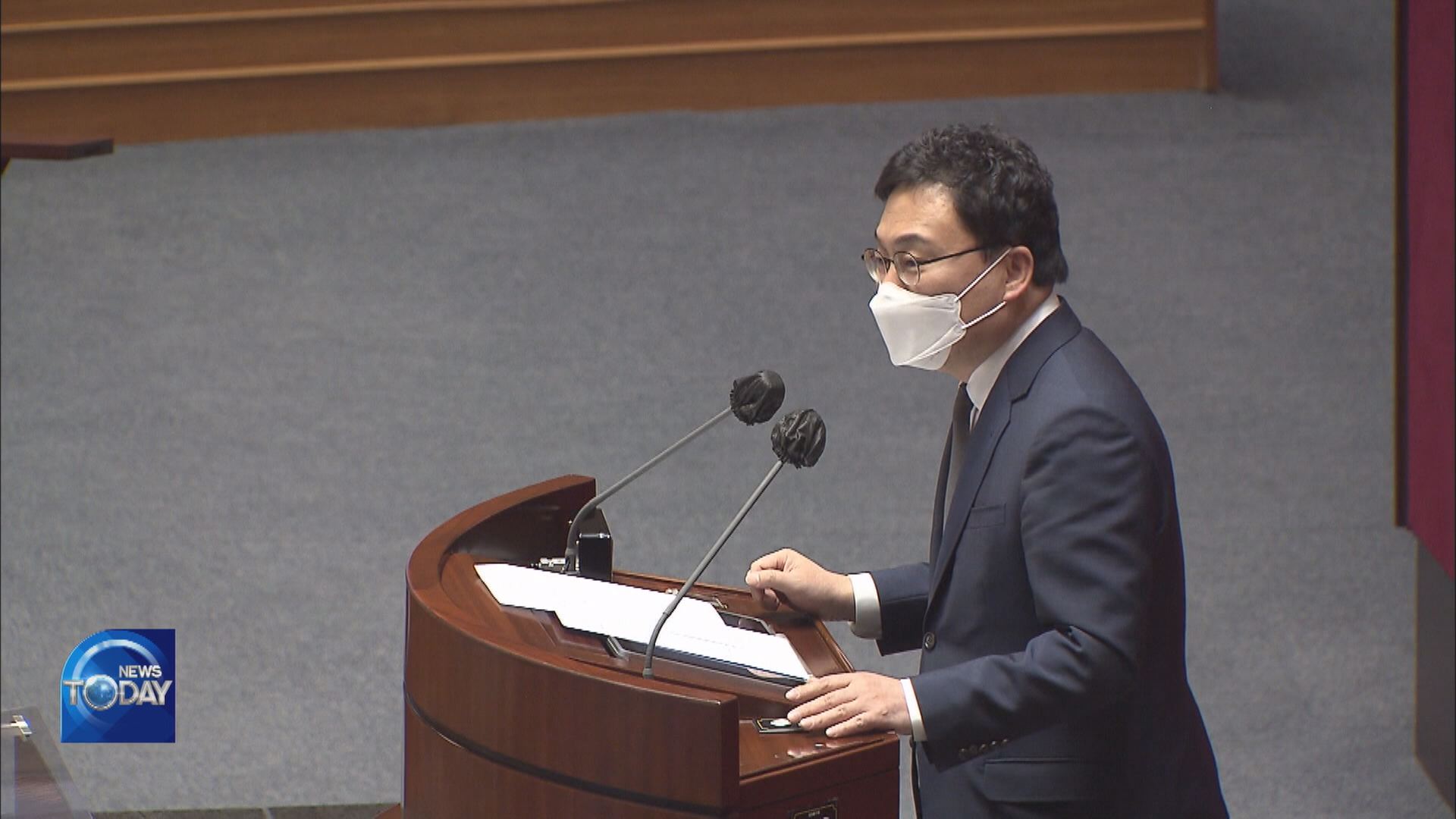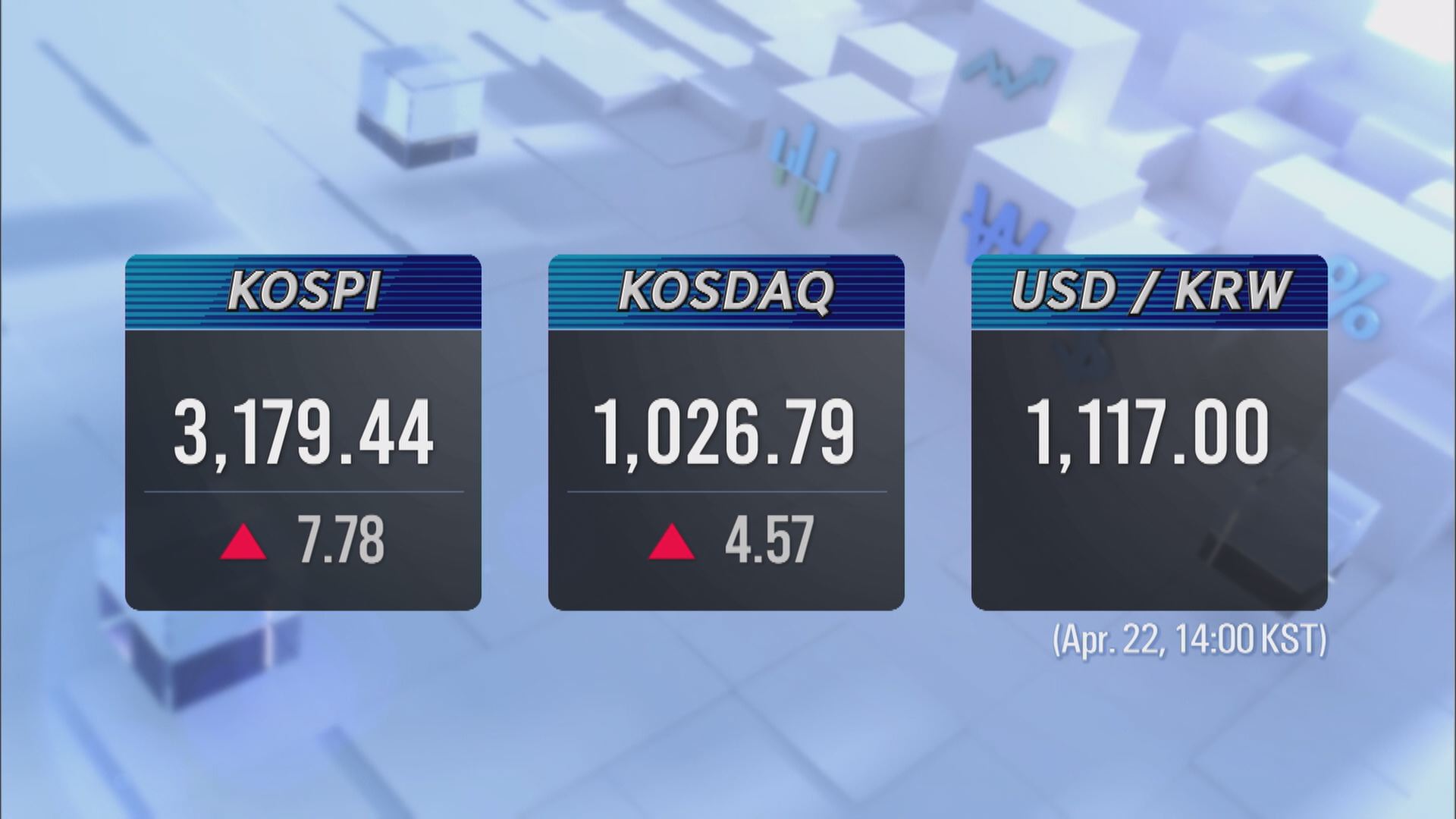EARLY HEAT WAVE HITS THE NATION
입력 2021.04.22 (15:14)
수정 2021.04.22 (17:10)
읽어주기 기능은 크롬기반의
브라우저에서만 사용하실 수 있습니다.
[Anchor Lead]
It was only last week when an unseasonable cold alert was issued in Korea. But daily highs this week rose to near 30 degrees to torment us with an early heat wave. Also, high ozone levels which could damage the lungs or heart have come more than a month earlier than usual.
[Pkg]
The blazing midday sun heats up the street. You can even see the asphalt shimmer. Something one could only witness in midsummer. People try to avoid the sun during this untimely heat wave.
[Soundbite] Kim Sol(Seoul Resident) : "It feels completely like summer, like we should be hearing cicadas. It’s too hot."
Daily highs this week climbed to around 30 degrees Celsius across Korea. With the continuing summer heat, ozone alerts were also issued more than a month earlier than usual. Ozone is produced when pollutants in the air react with the UV ray. So, strong sunlight facilitates the formation of ozone. Then where do the ozone-causing pollutants come from? These images sent from the Korean environmental satellite Chollian 2B show the levels of nitrogen dioxide, which causes ozone. The Seoul region, Yeosu and Gwangyang in Jeollanam-do Province as well as Busan, Ulsan and Gyeongsangnam-do Province are all in red.
[Soundbite] Dir. Lee Dong-won(Nat’l Institute of Environmental Research) : "Nitrogen dioxide with a very high density level is found in the Seoul metropolitan region as well as large cities and industrial complexes in the south."
Ozone could not only damage respiratory organs such as the lungs but also the heart. But the problem is that masks are useless because ozone is in a gas form. The best prevention is to ventilate indoor areas and refrain from going outside from noon to late in the afternoon when the ozone concentration levels spike.
It was only last week when an unseasonable cold alert was issued in Korea. But daily highs this week rose to near 30 degrees to torment us with an early heat wave. Also, high ozone levels which could damage the lungs or heart have come more than a month earlier than usual.
[Pkg]
The blazing midday sun heats up the street. You can even see the asphalt shimmer. Something one could only witness in midsummer. People try to avoid the sun during this untimely heat wave.
[Soundbite] Kim Sol(Seoul Resident) : "It feels completely like summer, like we should be hearing cicadas. It’s too hot."
Daily highs this week climbed to around 30 degrees Celsius across Korea. With the continuing summer heat, ozone alerts were also issued more than a month earlier than usual. Ozone is produced when pollutants in the air react with the UV ray. So, strong sunlight facilitates the formation of ozone. Then where do the ozone-causing pollutants come from? These images sent from the Korean environmental satellite Chollian 2B show the levels of nitrogen dioxide, which causes ozone. The Seoul region, Yeosu and Gwangyang in Jeollanam-do Province as well as Busan, Ulsan and Gyeongsangnam-do Province are all in red.
[Soundbite] Dir. Lee Dong-won(Nat’l Institute of Environmental Research) : "Nitrogen dioxide with a very high density level is found in the Seoul metropolitan region as well as large cities and industrial complexes in the south."
Ozone could not only damage respiratory organs such as the lungs but also the heart. But the problem is that masks are useless because ozone is in a gas form. The best prevention is to ventilate indoor areas and refrain from going outside from noon to late in the afternoon when the ozone concentration levels spike.
■ 제보하기
▷ 카카오톡 : 'KBS제보' 검색, 채널 추가
▷ 전화 : 02-781-1234, 4444
▷ 이메일 : kbs1234@kbs.co.kr
▷ 유튜브, 네이버, 카카오에서도 KBS뉴스를 구독해주세요!
- EARLY HEAT WAVE HITS THE NATION
-
- 입력 2021-04-22 15:14:29
- 수정2021-04-22 17:10:27

[Anchor Lead]
It was only last week when an unseasonable cold alert was issued in Korea. But daily highs this week rose to near 30 degrees to torment us with an early heat wave. Also, high ozone levels which could damage the lungs or heart have come more than a month earlier than usual.
[Pkg]
The blazing midday sun heats up the street. You can even see the asphalt shimmer. Something one could only witness in midsummer. People try to avoid the sun during this untimely heat wave.
[Soundbite] Kim Sol(Seoul Resident) : "It feels completely like summer, like we should be hearing cicadas. It’s too hot."
Daily highs this week climbed to around 30 degrees Celsius across Korea. With the continuing summer heat, ozone alerts were also issued more than a month earlier than usual. Ozone is produced when pollutants in the air react with the UV ray. So, strong sunlight facilitates the formation of ozone. Then where do the ozone-causing pollutants come from? These images sent from the Korean environmental satellite Chollian 2B show the levels of nitrogen dioxide, which causes ozone. The Seoul region, Yeosu and Gwangyang in Jeollanam-do Province as well as Busan, Ulsan and Gyeongsangnam-do Province are all in red.
[Soundbite] Dir. Lee Dong-won(Nat’l Institute of Environmental Research) : "Nitrogen dioxide with a very high density level is found in the Seoul metropolitan region as well as large cities and industrial complexes in the south."
Ozone could not only damage respiratory organs such as the lungs but also the heart. But the problem is that masks are useless because ozone is in a gas form. The best prevention is to ventilate indoor areas and refrain from going outside from noon to late in the afternoon when the ozone concentration levels spike.
It was only last week when an unseasonable cold alert was issued in Korea. But daily highs this week rose to near 30 degrees to torment us with an early heat wave. Also, high ozone levels which could damage the lungs or heart have come more than a month earlier than usual.
[Pkg]
The blazing midday sun heats up the street. You can even see the asphalt shimmer. Something one could only witness in midsummer. People try to avoid the sun during this untimely heat wave.
[Soundbite] Kim Sol(Seoul Resident) : "It feels completely like summer, like we should be hearing cicadas. It’s too hot."
Daily highs this week climbed to around 30 degrees Celsius across Korea. With the continuing summer heat, ozone alerts were also issued more than a month earlier than usual. Ozone is produced when pollutants in the air react with the UV ray. So, strong sunlight facilitates the formation of ozone. Then where do the ozone-causing pollutants come from? These images sent from the Korean environmental satellite Chollian 2B show the levels of nitrogen dioxide, which causes ozone. The Seoul region, Yeosu and Gwangyang in Jeollanam-do Province as well as Busan, Ulsan and Gyeongsangnam-do Province are all in red.
[Soundbite] Dir. Lee Dong-won(Nat’l Institute of Environmental Research) : "Nitrogen dioxide with a very high density level is found in the Seoul metropolitan region as well as large cities and industrial complexes in the south."
Ozone could not only damage respiratory organs such as the lungs but also the heart. But the problem is that masks are useless because ozone is in a gas form. The best prevention is to ventilate indoor areas and refrain from going outside from noon to late in the afternoon when the ozone concentration levels spike.
이 기사가 좋으셨다면
-
좋아요
0
-
응원해요
0
-
후속 원해요
0

















이 기사에 대한 의견을 남겨주세요.